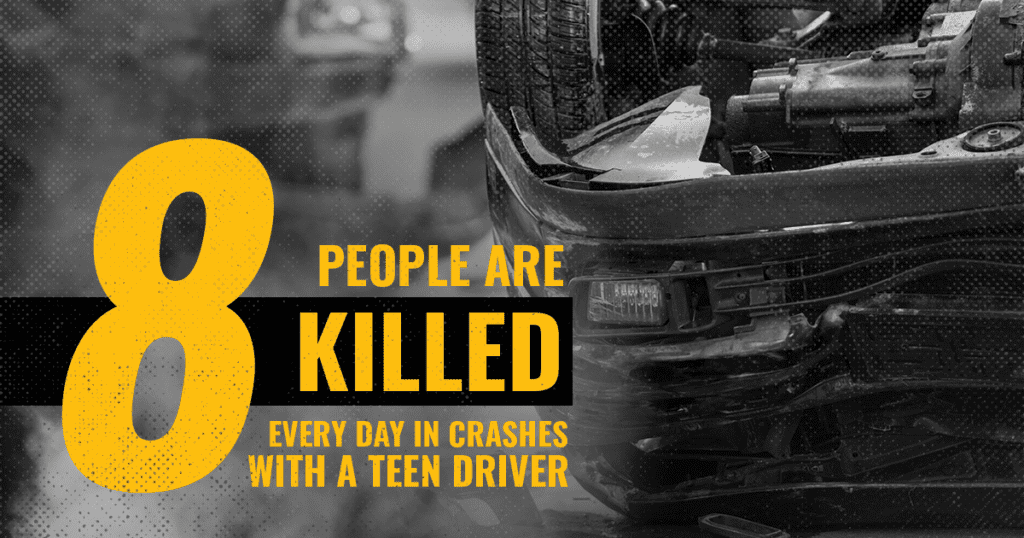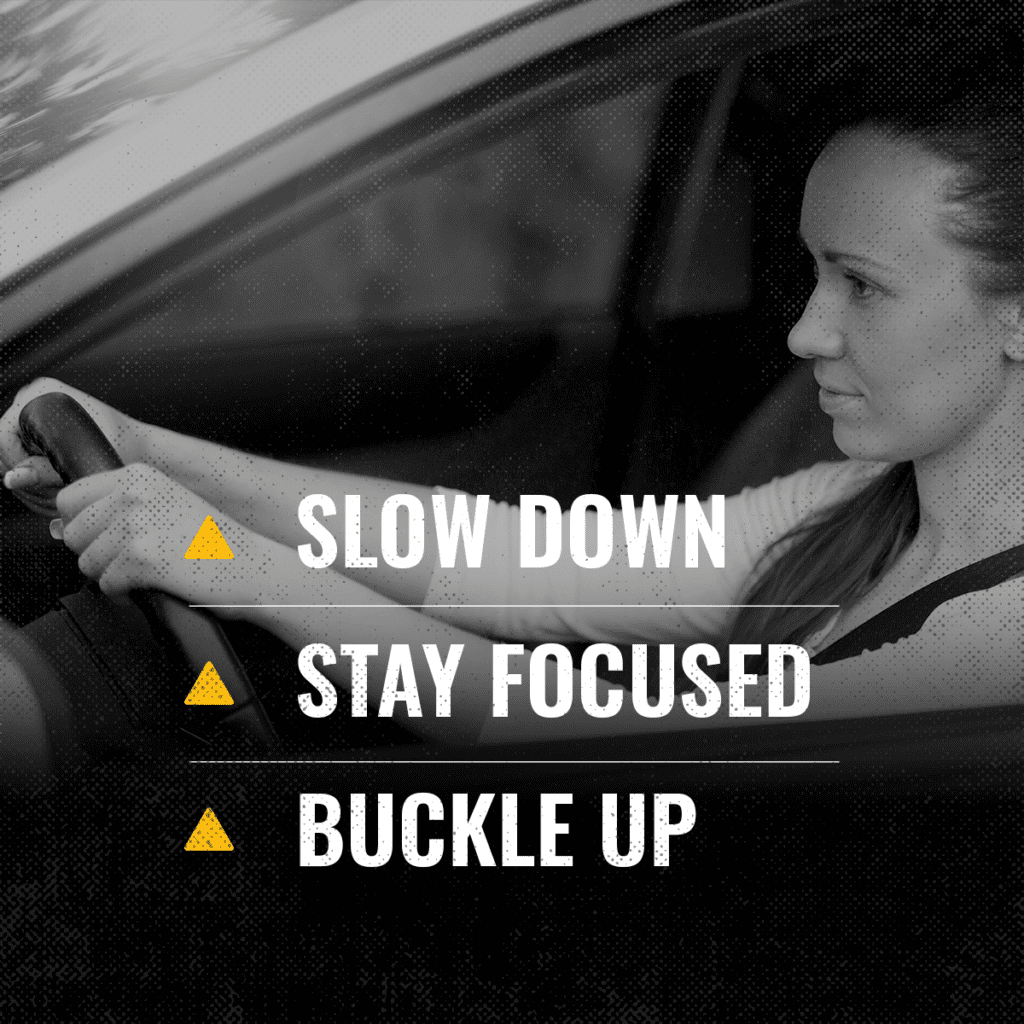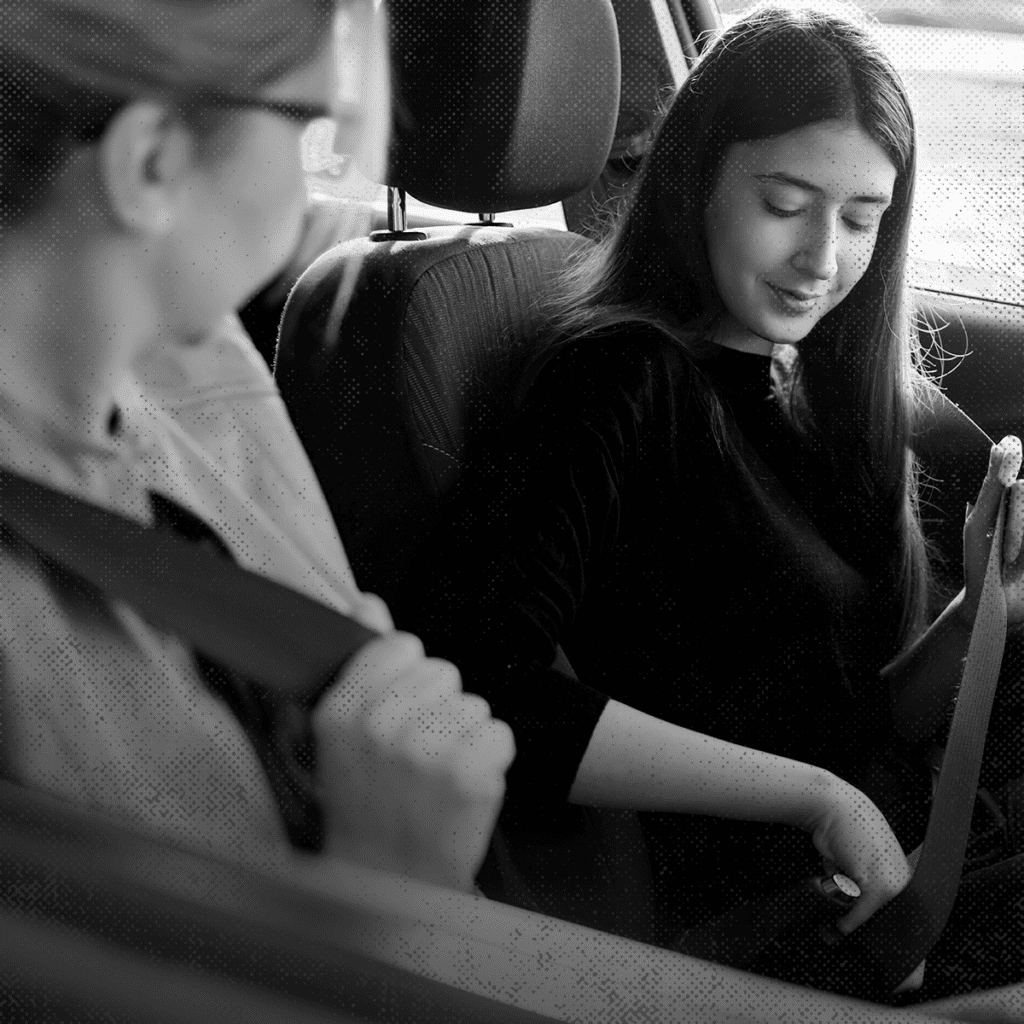Fatal crashes involving teen drivers spike between Memorial Day and Labor Day
PORTLAND, Ore., – AAA finds that the 100 days between Memorial Day and Labor Day are when crash fatalities involving teen drivers rise.

Nationwide, 7,316 people died in summertime crashes involving teen drivers from 2012 to 2021. That’s an average of eight people per day during these 100 days. That is nearly half of the total number of those killed in teen-driver crashes for the entire rest of the year. And in 2021 alone, 900 people were killed in these types of crashes, up from 851 the previous year – a 6% increase. It is also a 25% increase over pre-pandemic 2019.
In Oregon, 73 people died in crashes involving teen drivers during the “100 deadliest days” in this 10-year period. This averages to seven people dying each summer, compared to an average of 17 deaths in crashes involving teen drivers during the rest of the year in Oregon. Almost a third (30%) of all fatal crashes involving teen drivers in Oregon occur during the “100 Deadliest Days.” In 2021, nine people were killed in crashes involving teen drivers in Oregon, up from eight in 2020.
Find data here
For 2021, Oregon ranks 36th in the country for most per-capita crash fatalities involving teen drivers with five deaths in crashes involving teen drivers per one million population. Find the complete list here.
Montana and Mississippi have the highest per-capita deaths in crashes involving teen drivers with 22 deaths in 2021. The District of Columbia had no deaths involving teen drivers in 2021.
“Teen drivers have a greater risk of crashing because they lack experience behind the wheel. During the summer months, teens often drive without an adult in the vehicle as they as they drive to jobs, meet friends and head to summer destinations,” says Marie Dodds, public affairs director for AAA Oregon/Idaho. “Previous research done by the AAA Foundation for Traffic Safety shows that teens drivers are far more likely to die in crashes when they have friends in the car.”
According to the latest AAA Foundation Traffic Safety Culture Index, teen drivers aged 16-18 admitted to having engaged in at least one of the following risky behaviors in the past 30 days:
- Driving 10 mph over the speed limit on a residential street (39%)
- Driving 15 mph over the speed limit on a freeway (34%)
- Speeding through a red light (27%)
- Aggressive driving (25%)
- Driving while being so tired they had a hard time keeping their eyes open (16%)
- Driving without wearing a seatbelt (12%)
- Drinking enough alcohol that they may be over the legal limit (4%)
- Ridden in a car driven by someone who’s had too much alcohol (8%)
- Driving within an hour after using marijuana (6%)
- Holding and talking on a cell phone (46%)
- Reading a text or email on a cell phone (37%)
- Manually texting (28%)
AAA has advice for parents:
Studies show that teen drivers become safer behind the wheel if they receive instruction by a trained professional and receive ongoing support and coaching from their parents. Visit AAA Exchange – Teen Driver Safety. Parents can also read our tips for keeping your teen driver safe.
- Talk with teens early and often about safe driving behaviors including wearing seatbelts, staying focused and complying with speed limits.
- Talk with teens about dangerous behaviors behind the wheel, such as speeding, impairment and distracted driving.
- Have your teen complete a comprehensive driver education course.
- Establish a parent-teen driving agreement that sets family rules for teen drivers.
- Conduct at least 50 hours of supervised practice driving with your teen.

Parents also need to be good role models. Here’s what you should do whenever you’re driving with your teen in the car:
- Always wear your seat belt.
- Obey traffic laws.
- Do not use a cell phone while driving.
- Watch your speed.
- Don’t tailgate.
- Use your turn signals.
- Don’t drive when angry or tired.
AAA has some do’s and don’ts when coaching your teen drivers:
DO’s:
- Share your driving wisdom and experience!
- Drive in different conditions (weather, lighting, road types)
- Aim for smoothness—pretend there’s a cup of water on the dash and you don’t want to spill a drop.
- Take breaks every half hour or so and discuss progress.
- Stay calm when your teen says, “Don’t yell at me!”
- Have your teen read our tips for teen drivers
DON’Ts
- Don’t drive the same route; take different routes each time you drive with your teen.
- Don’t view your teen as your chauffer—they need your eyes, attention, and coaching.
- Don’t focus too much on basic maneuvers (turning, etc.)—your teen will pick those up quickly.
- Don’t say too much but offer immediate feedback when appropriate. Debrief fully after the session
“Parents hold the key to teaching their teens how to be safe drivers. Anyone with teenagers at home knows that they can roll their eyes when you try to talk to them, but they really do want to learn from you. Teach them about the dangers of risky behaviors including speeding, not wearing seatbelts, and impaired and distracted driving. And be sure to be a good role model. Teens watch your driving behaviors and won’t take you seriously if you have poor driving habits,” says Dodds.

AAA news releases, high resolution images, broadcast-quality video, fact sheets and podcasts are available on the AAA NewsRoom at NewsRoom.AAA.com.
Find local news releases at Find local news releases at https://oregon.aaa.com/community/media/media-contacts.html
For more info go www.AAA.com. AAA Oregon/Idaho provides more than 880,000 members with travel, insurance, financial and automotive-related services, and is an affiliate of AAA National, serving more than 63 million motorists in North America.

